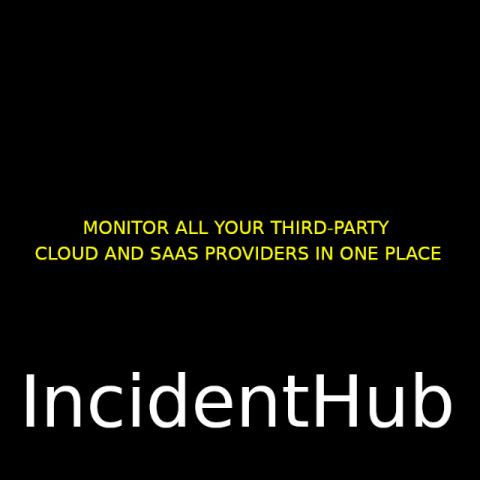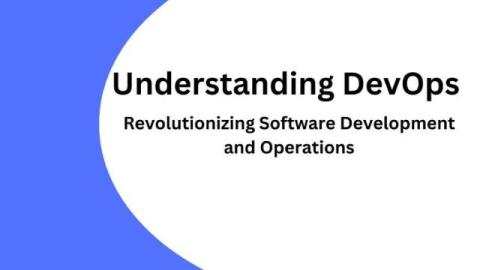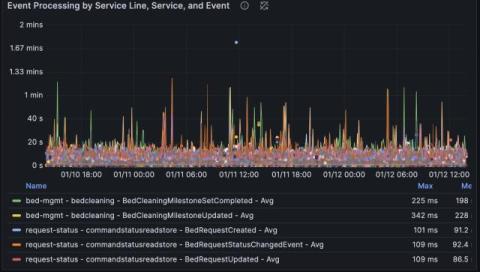Sponsored Post
Traffic-Driven Testing: All the Benefits of Shift-Right Testing with None of the Risk
The shift-right testing approach moves testing to later in your production cycle. Also known as "testing in production," with shift-right, you test software after it has been deployed. It gives you continuous feedback based on real-world user interactions. However, there are major drawbacks to the approach. For example, testing in production risks disrupting your user satisfaction and can mean you catch issues too late to respond to them effectively. It can also be difficult to test problems related to scale and traffic volume. Your tests are also difficult to repeat under the same conditions.











